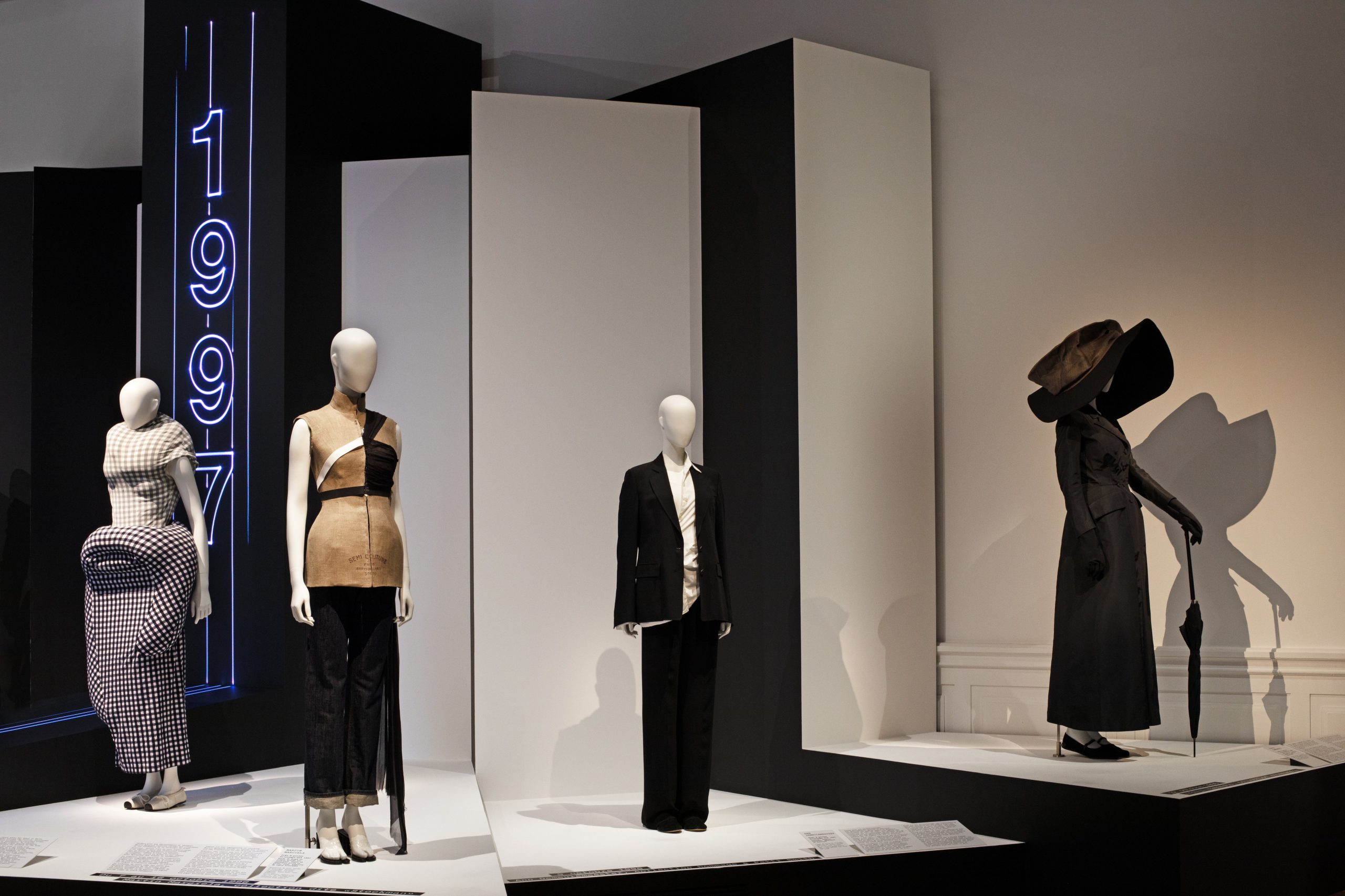The 20th century is the historical period that saw the creation and transformation of fashion as we know it today.
Decade after decade, socio-cultural revolutions, wars, and industrial booms have influenced the way people live and think, as well as art, music, and, of course, fashion. The latter, especially, has always been able to adapt by pandering to new social needs and interpreting the spirit of the moment as best it can.
If the 1920s, the Roaring Years, celebrated the euphoria of postwar rebirth, the 1940s suffered the advent of World War II, imposing a regime of austerity and hardship. By the mid-century, the economic boom enabled a cultural and aesthetic renaissance charged with positivity and frivolity, moving the first steps toward that mental and cultural openness that would find full expression in the 1960s and 1970s. Experimentation, social emancipation, and transgression are the keywords that, in these two decades, revolutionized society and, with it, the way of living, dressing, and, above all, thinking. An unstoppable path that will culminate, in fashion terms, with the celebration of hedonism and extreme glamour in the 1980s amid sequins, tight dresses, garish colors, and ostentation of the ephemeral. Aesthetics became eclectic and provocative, and in Paris, designers such as Jean-Paul Gaultier and Thierry Mugler had the whole world talking about their extravagant fashion and their excesses.
We are now at the end of the century, the 1990s are a countdown in anticipation of the advent of the new millennium, and fashion once again shuffles the cards on the table. The new generation of designers (because we were still talking about designers) is very creative, visionary, and above all, rejects the excesses and hedonistic extremisms that fashion had reached at that time. Minimalist fashion was born, a current devoted to a conceptual aesthetic of simplicity and form. The catwalks of Paris, and later also those of Milan and New York, are suddenly invaded by unexpected and, above all, revolutionary collections bearing names of unknown designers such as Martin Margiela, Helmut Lang, Ann Demeulemeester, and Dries Van Noten, Walter Van Beirendonck (with the label W<, Wild & Lethal Trash), Jil Sander, some of them recent graduates from a fashion school that will go down in history, the Antwerp school, who alternated with designers from the Japanese school such as Rei Kawakubo (Comme des Garçons), Yohji Yamamoto or Issey Miyake. A true aesthetic revolution for the fashion world is probably the last true and only one, which nevertheless leaves room for and coexists with its opposite, that is, the aesthetic of Maximalism, sexy and opulent. In addition to the aforementioned Mugler and Gaultier, whimsical creators such as Versace and Dolce & Gabbana in Italy and, returning to Paris, Christian Lacroix, and Vivienne Westwood, not to mention the Enfants Terribles, John Galliano and Alexander McQueen, who at the helm of such important Maisons as Dior and Givenchy have given new value to the meaning of the word Glamour.
In short, an explosive and exuberant decade in terms of fashion, so much so that Vogue magazine called these years ‘The Fashion Big Ben.’ And it is precise with this definition that the Palais Galliera in Paris, one of the most renowned museums dedicated the fashion in the world, has decided to name its new exhibition. “1997: Fashion Big Bang,” on view from March 7 until July 16, 2023, is a celebration of this incredible decade, the visionary aesthetic that marked it, the historical impact it had by marking a milestone in the evolution of fashion, a decade that we could call the springboard for the aesthetics of the 21st century.
The exhibition is presented as an itinerant journey that, from salon to salon, retraces the iconic collections of this aesthetic revolution, from Comme des Garçons’ incredible “Body Meets Dress, Dress Meets Body” to Martin Margiela’s “Stockman.” Fifty silhouettes, composed partly from the Galliera collection and partly from loans from other museums, collectors, and fashion houses, recreate the magic and magnificence that marked this golden decade of fashion.
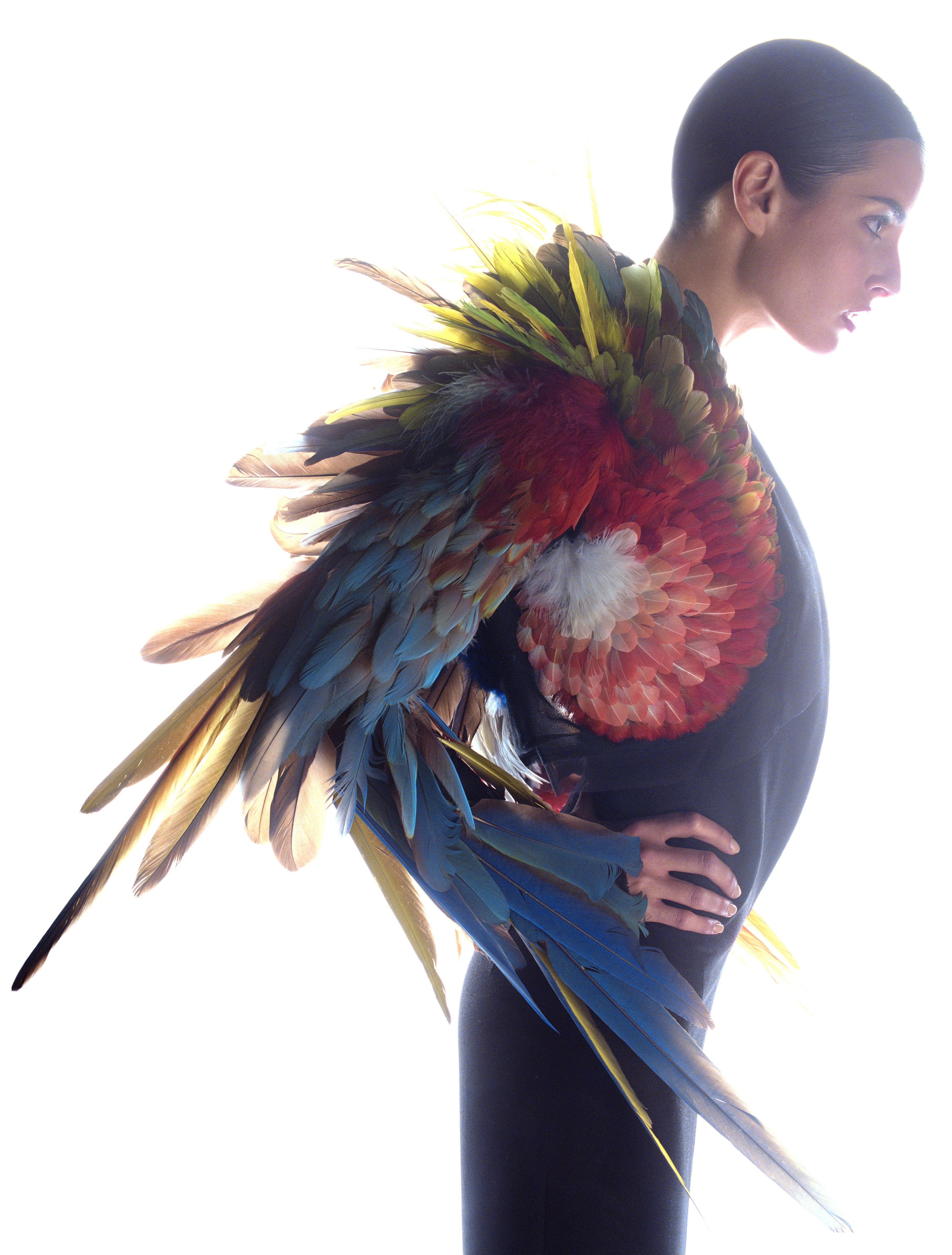
Jean Paul Gaultier, prima collezione haute couture primavera-estate 1997. Foto di Michael Thompson pubblicata su Vogue Paris nel marzo 1997, che presentava Gaultier, l’envol de la couture.
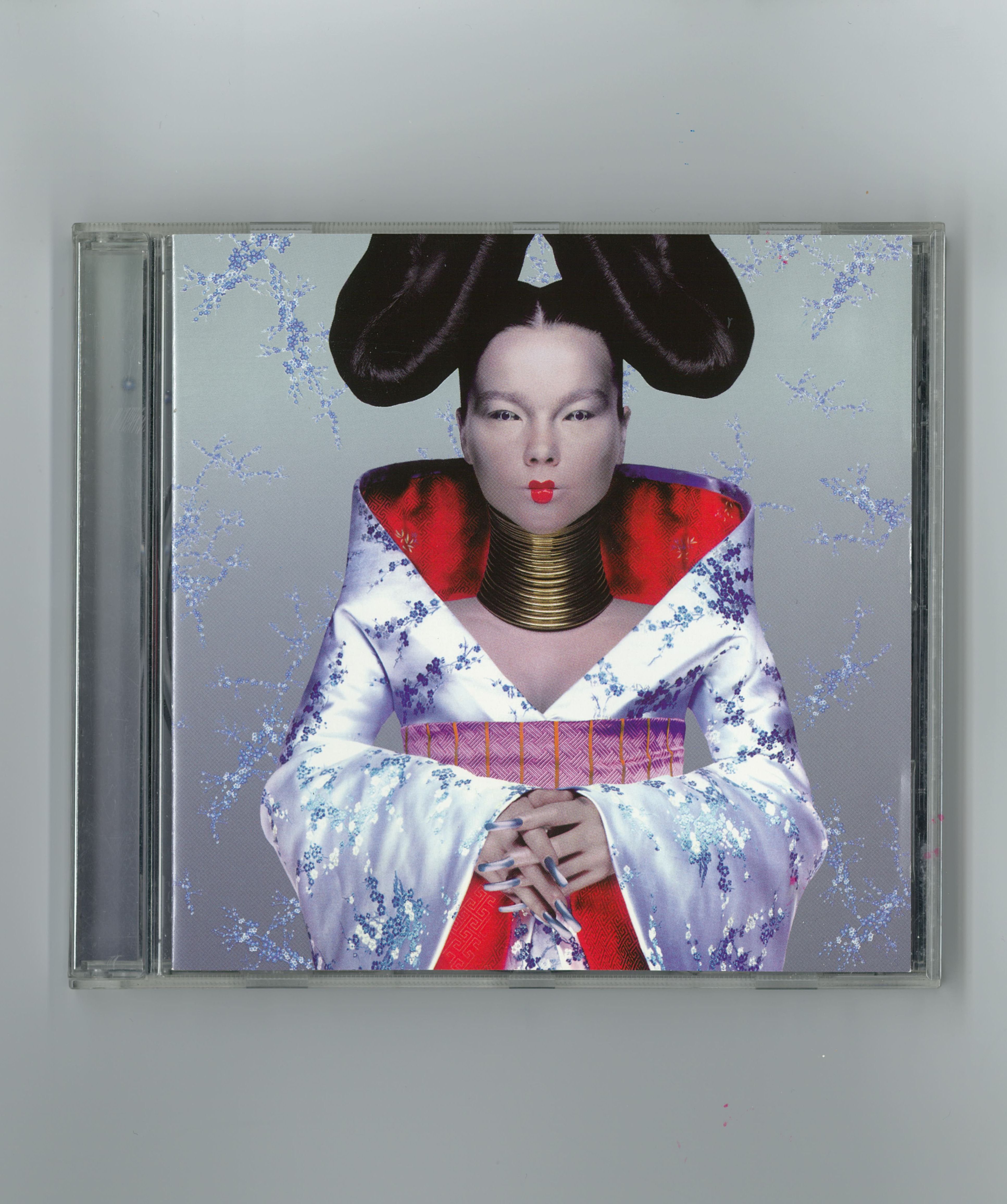
Björk, copertina dell’album “Homogenic”, 1997. Kimono disegnato da Alexander McQueen
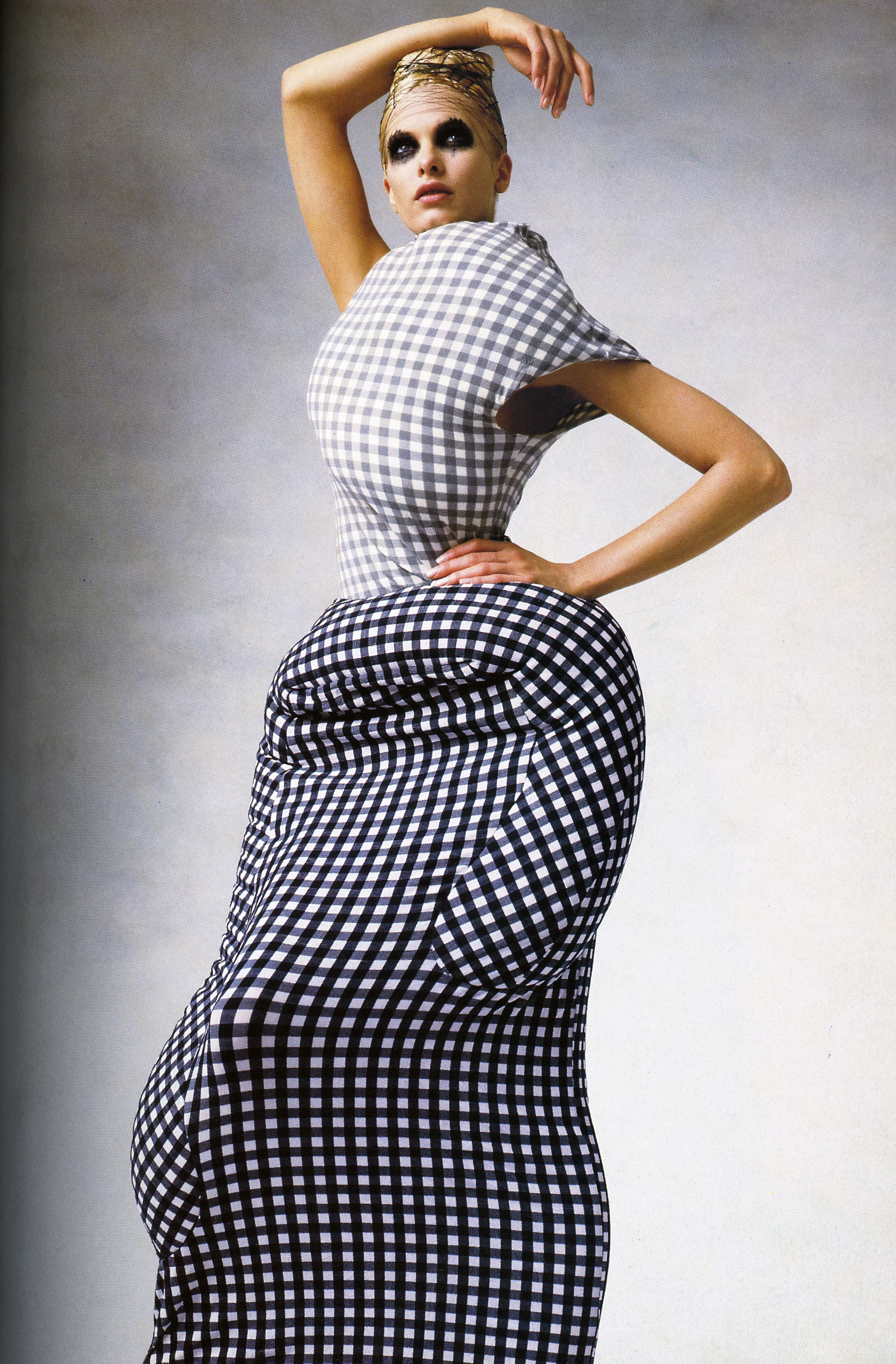
Comme des Garçons di Rei Kawakubo, collezione “Body Meets Dress, Dress Meets Body”, primavera-estate 1997. Foto di Irving Penn pubblicata su Vogue Paris nel marzo 1997, modella Christina Krusse.
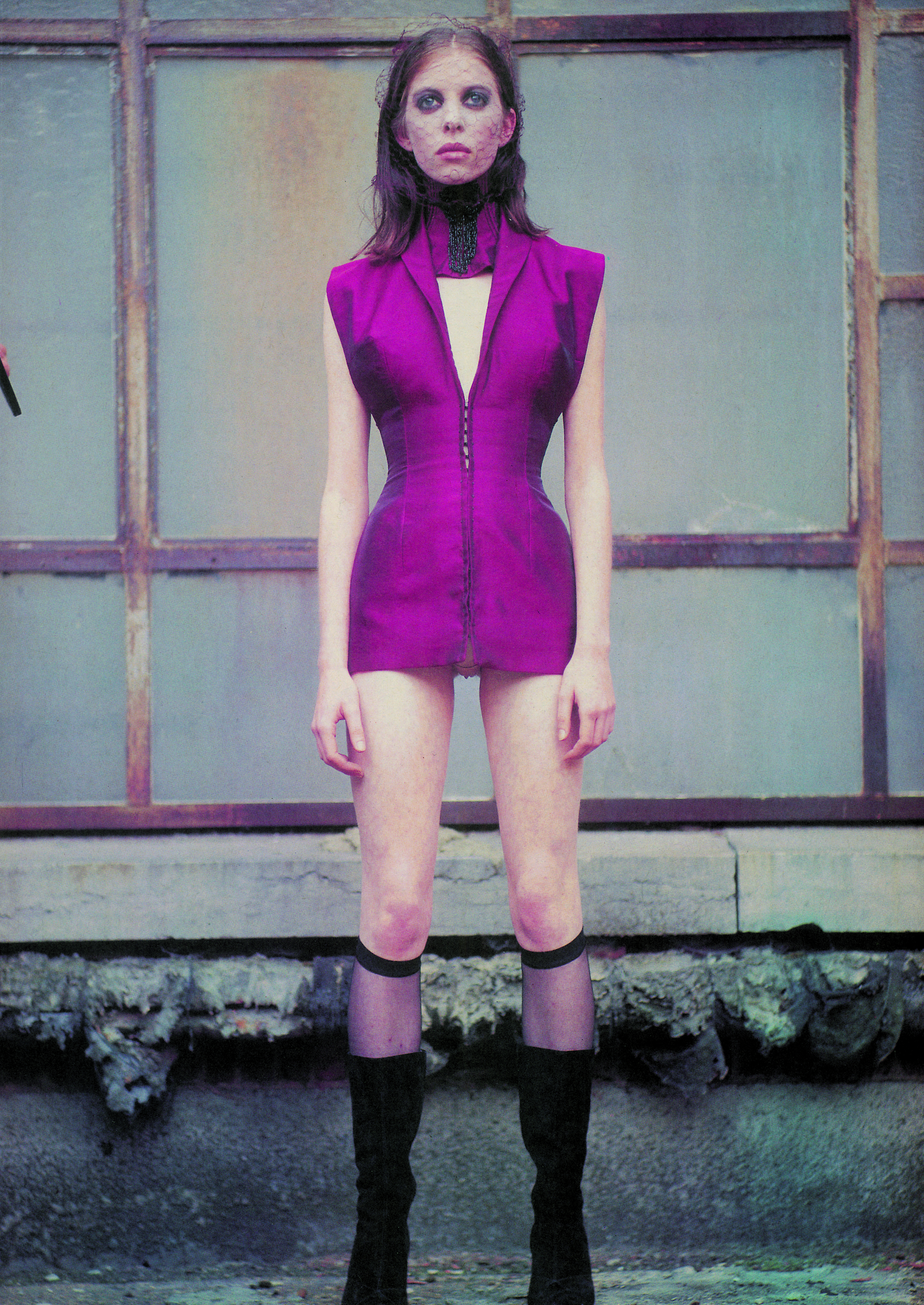
Olivier Theyskens, prêt-à-porter primavera-estate 1998.
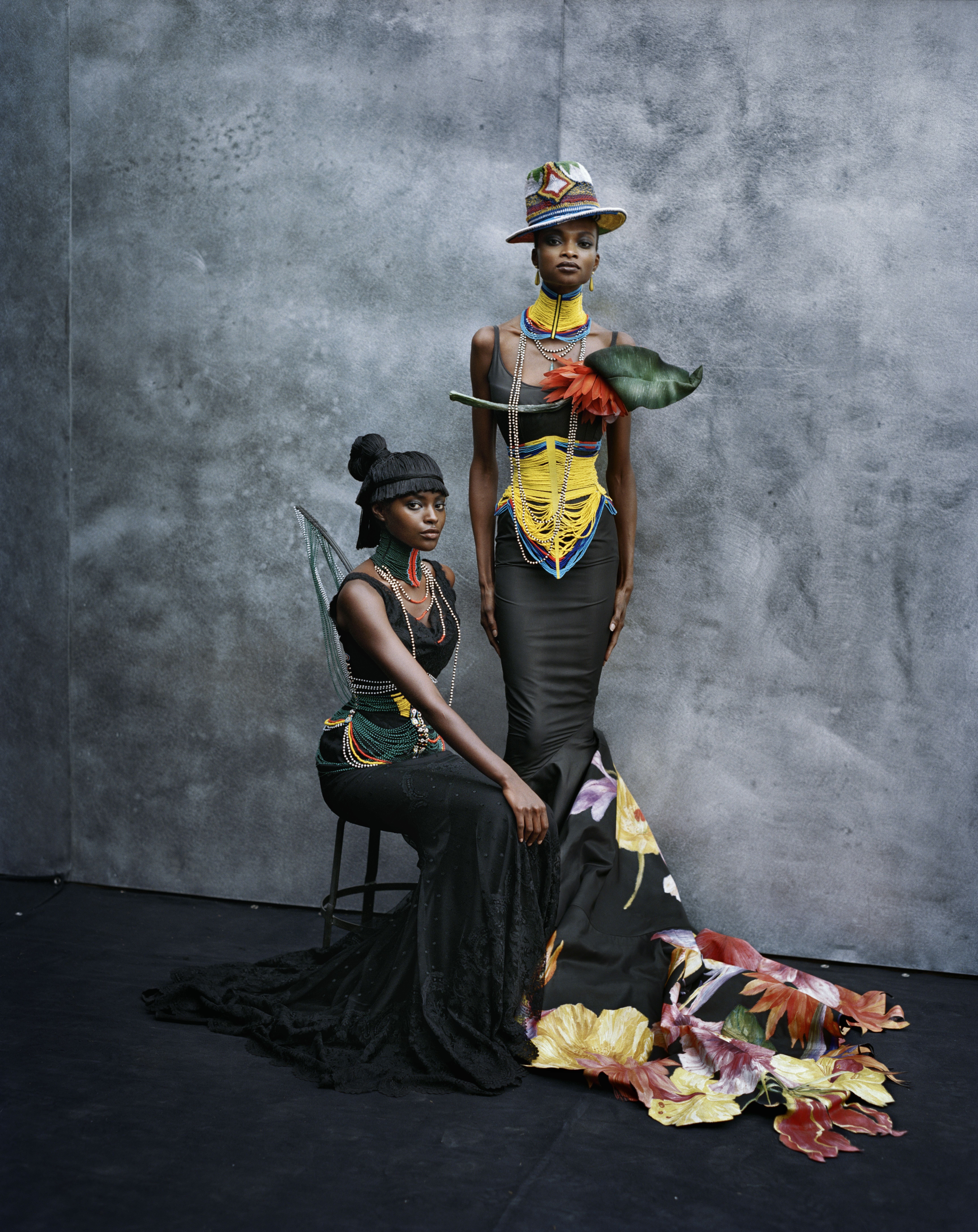
Christian Dior by John Galliano, abiti “Kusudi” e “Kitu” Haute Couture Primavera-Estate 1997. Foto di Peter Lindbergh.
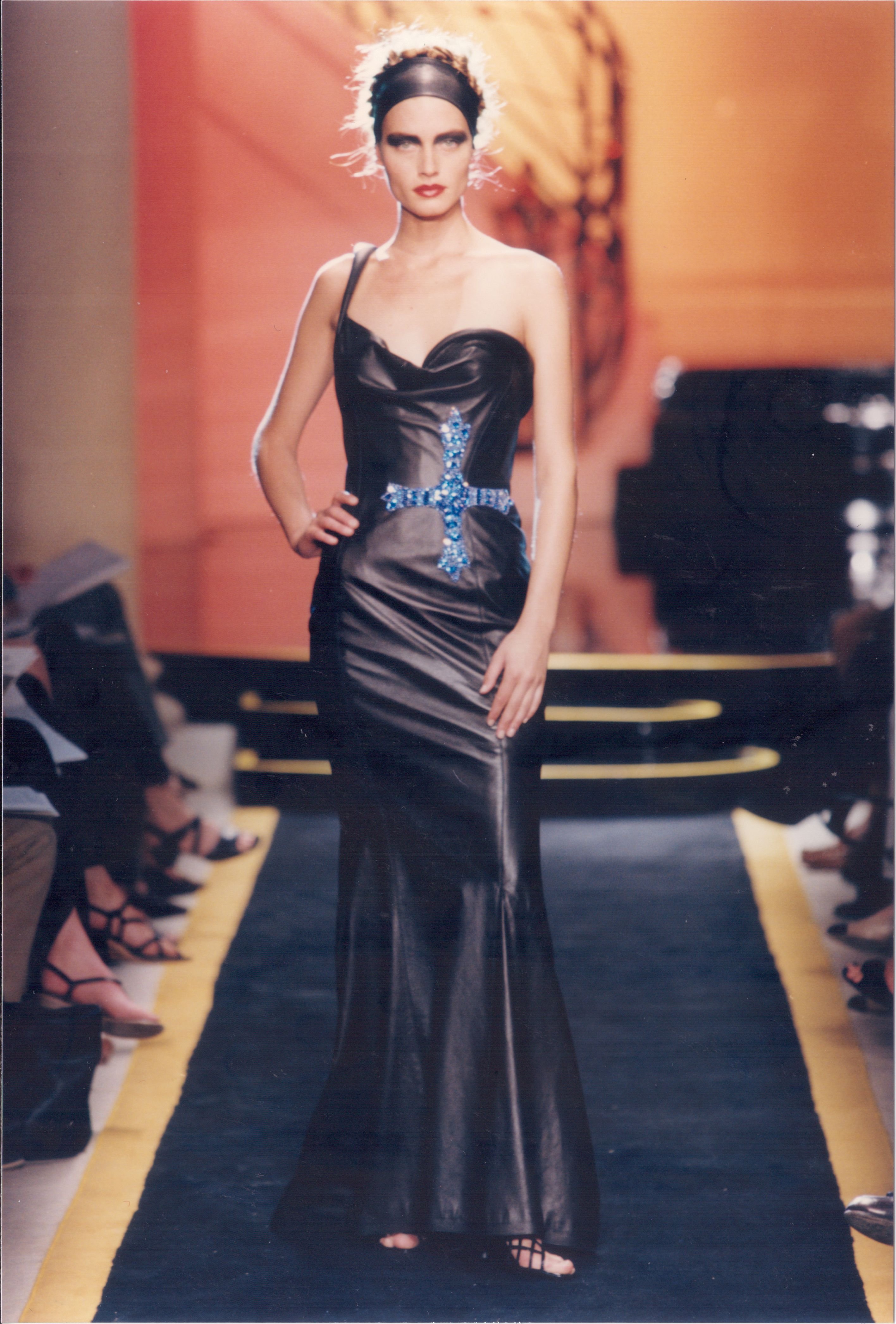
Abito di alta moda Versace, autunno-inverno 1997, ultima collezione di Gianni Versace. Archivio Versace. Modella Amber Valletta.
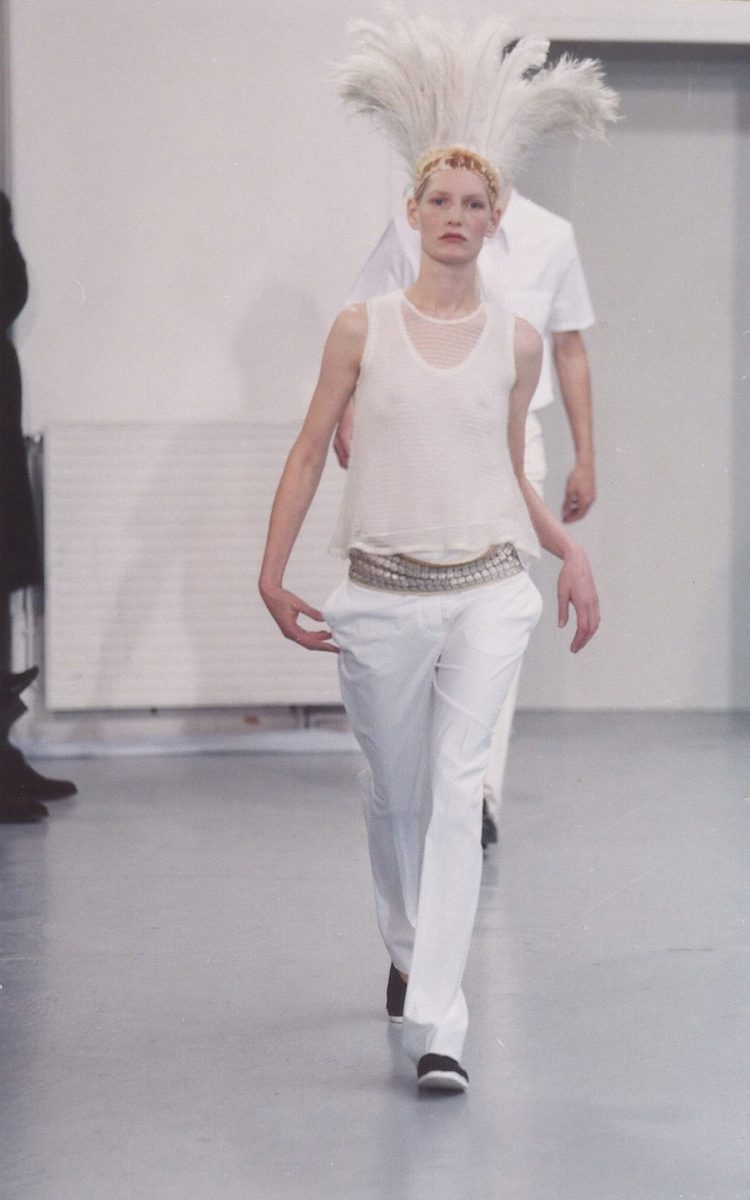
Helmut Lang, ensemble prêt-à-porter, primavera-estate 1998. Helmut Lang Archivi / ModellaKirsten Owen.
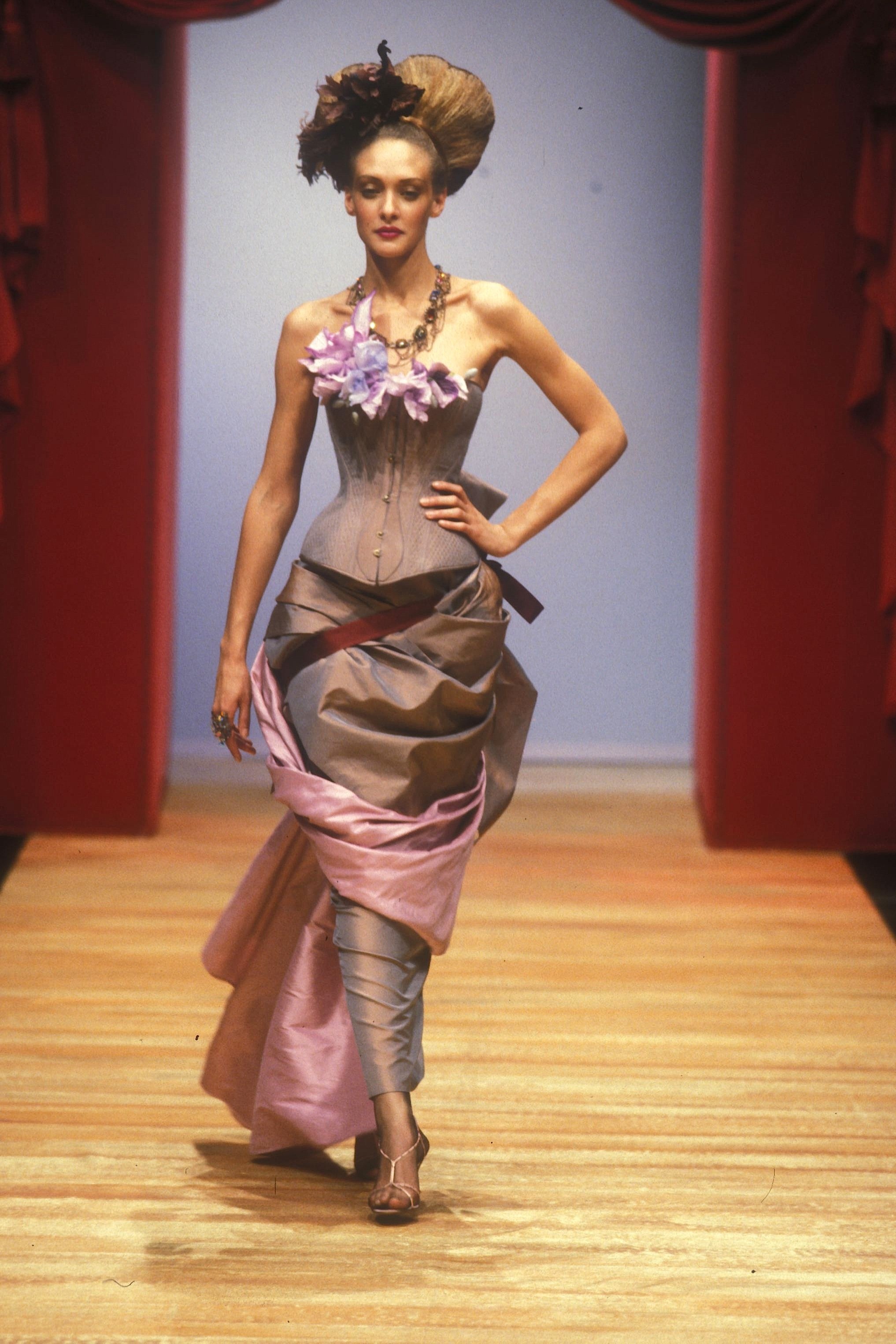
Christian Lacroix, abito haute couture Autunno-Inverno 1997, collezione “My House” (collezione per il 10° anniversario della Maison Lacroix). Archivio Christian Lacroix.
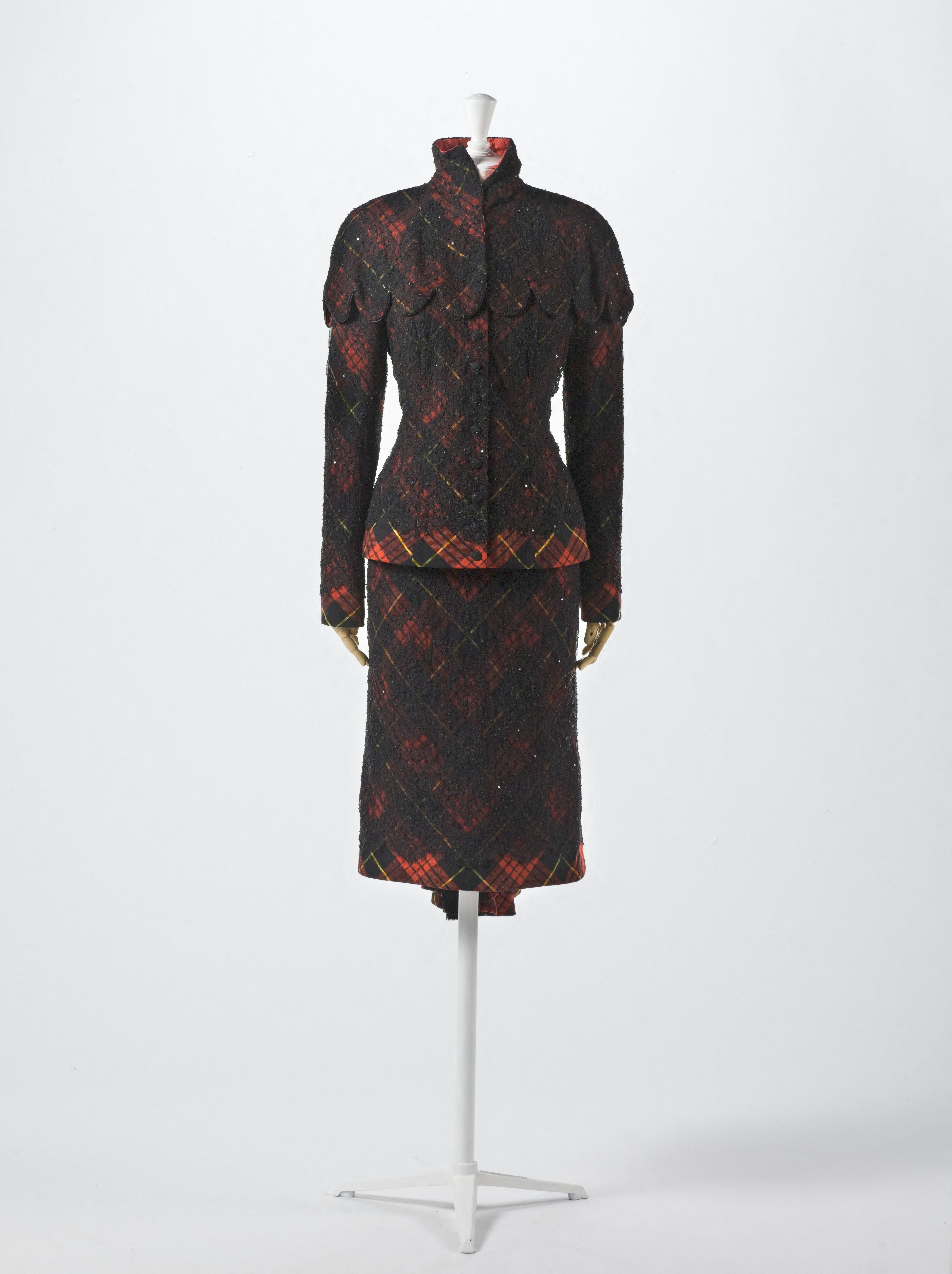
Alexander McQueen, insieme di giacca e gonna, Haute couture Autunno-Inverno 1997-98, collezione “Eclect Dissect”, passaggio n°35. Collezione del Palais Galliera, Parigi.
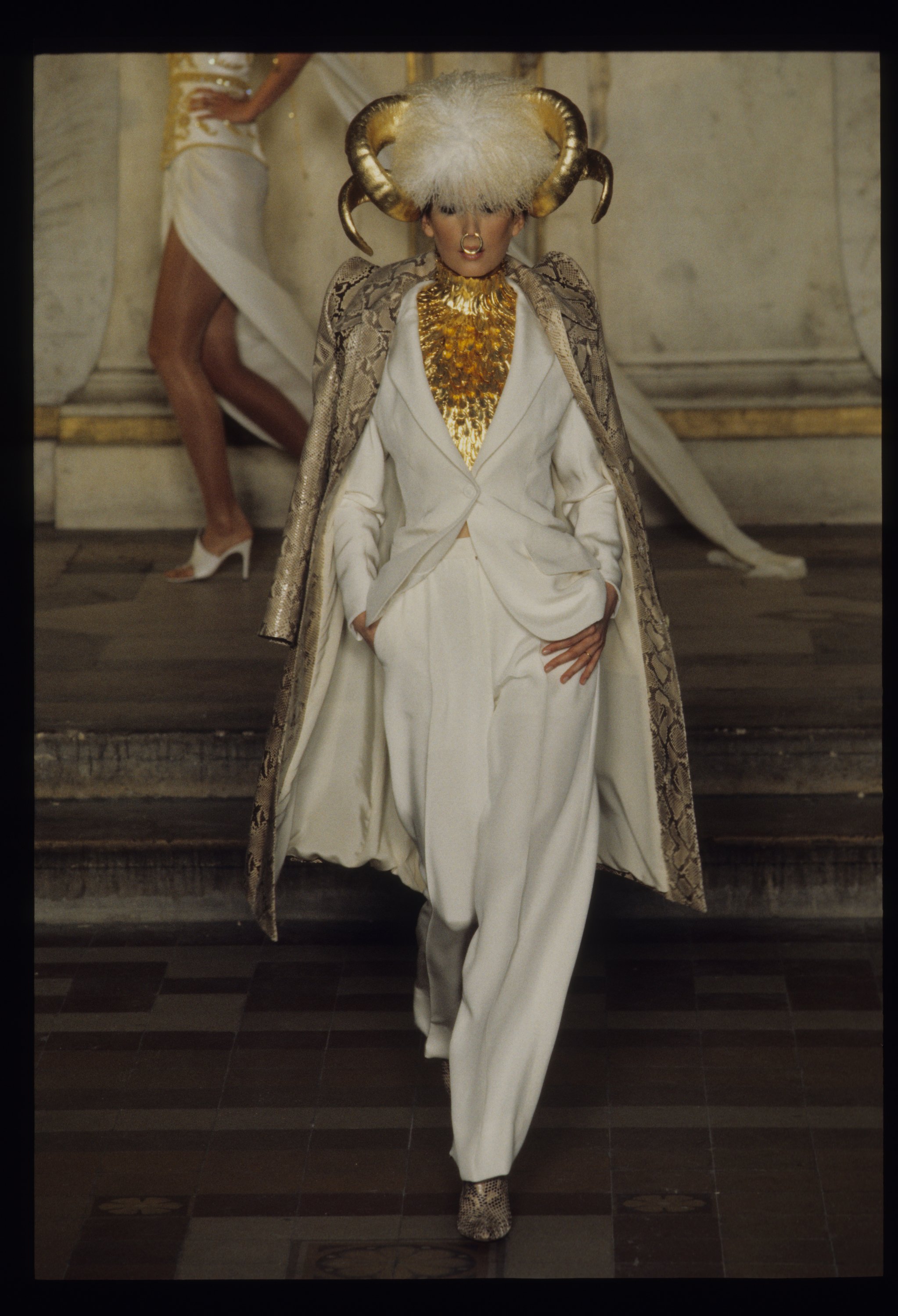
Givenchy by Alexander McQueen, ensemble haute couture primavera-estate 1997, collezione “The search of the Golden Fleece”. Vogue Runway / Archivio Condé Nast.
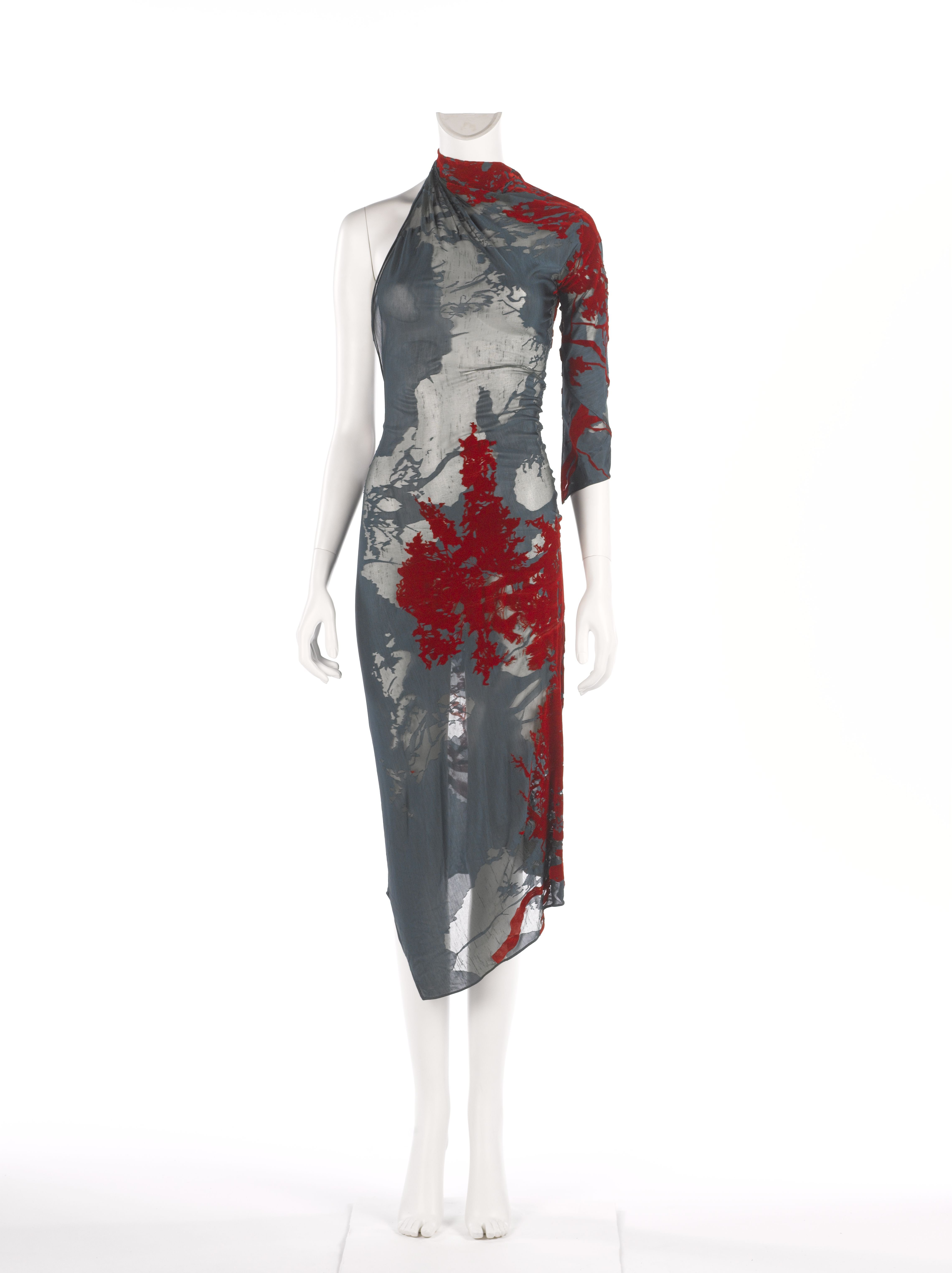
Martine Sitbon, abito in voile di nylon e velluto floccato, collezione “Les Arbres”, prêt-à-porter primavera-estate 1997. Collezione del Palais Galliera, Parigi.
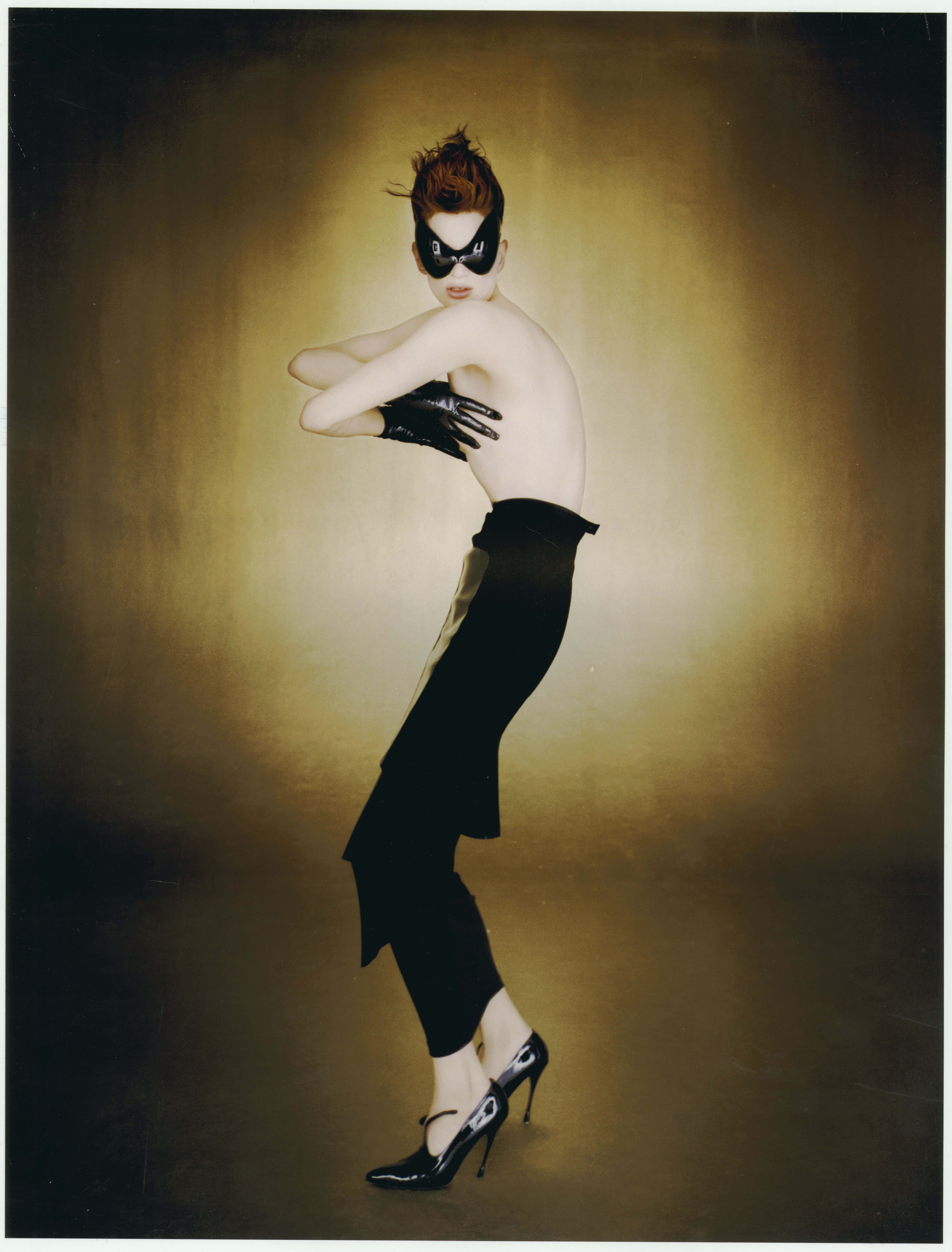
Thierry Mugler, ensemble haute couture primavera-estate 1997, collezione “Les Insectes”. Foto Jean-Baptiste Mondino / Modella Kristen Mc Menamy.
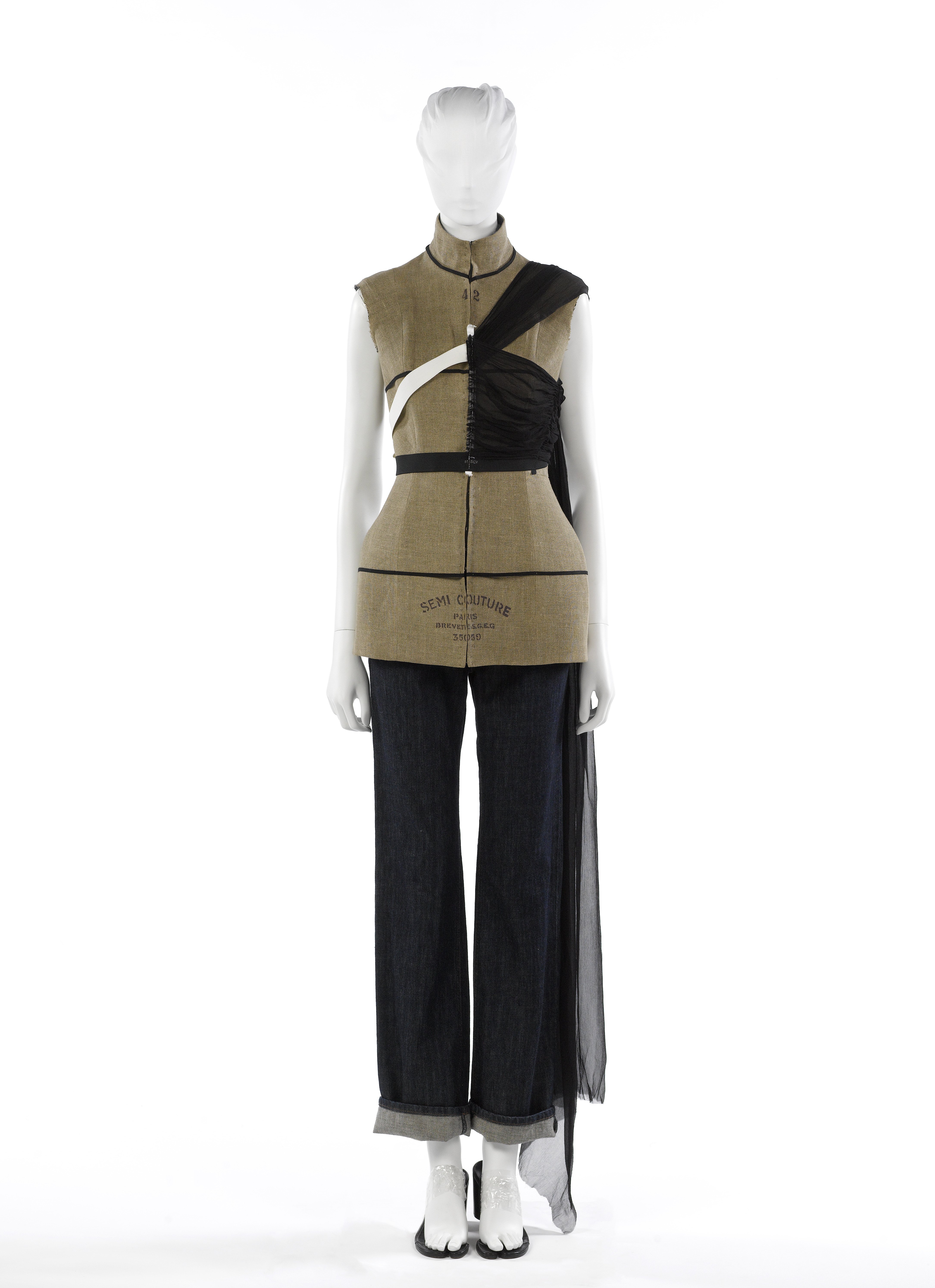
Martin Margiela, giacca di jeans e set di suole tabi Read -to-wear Primavera-Estate 1997, collezione “Stockman”. Collezione del Palais Galliera, Parigi.
